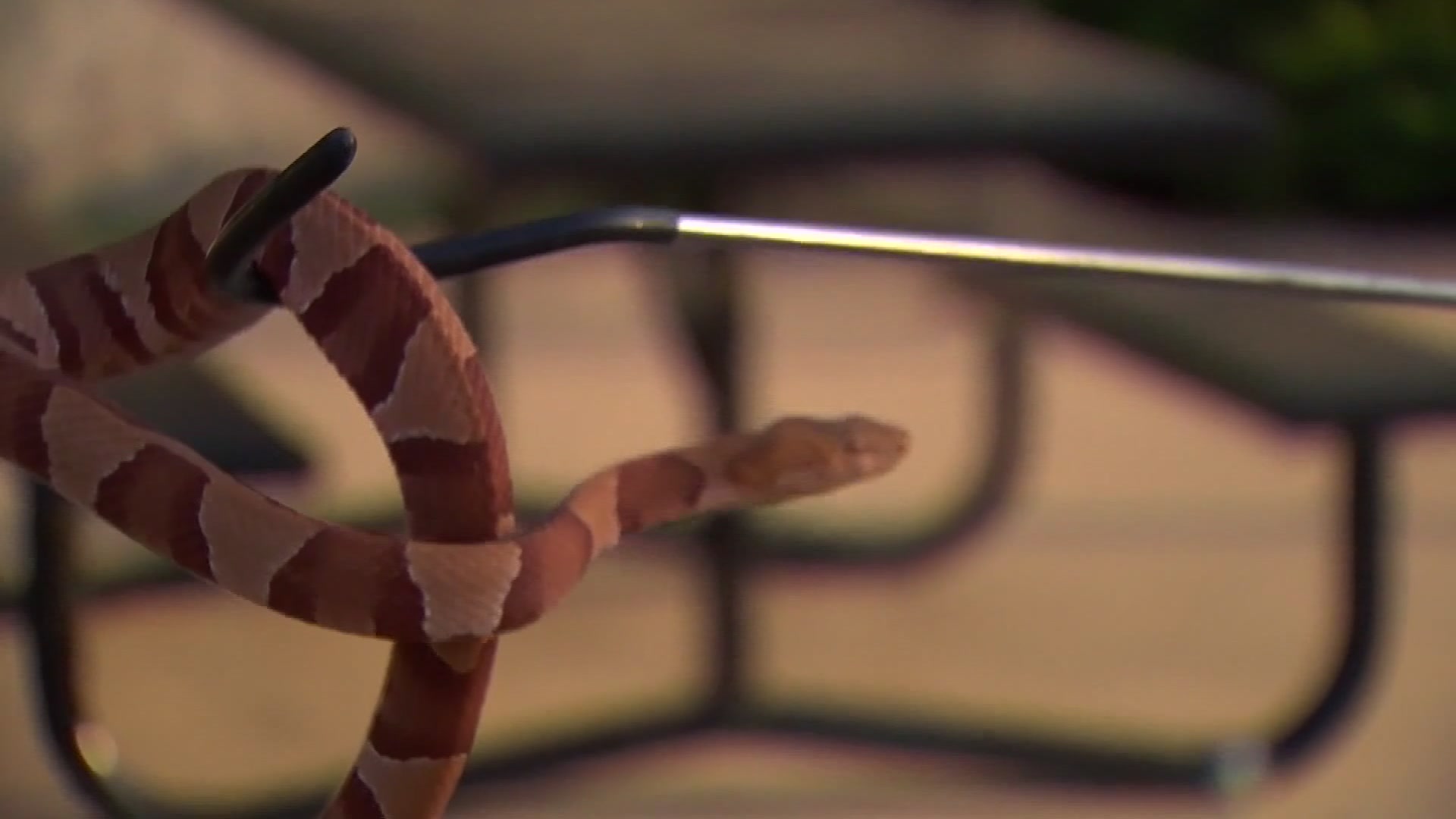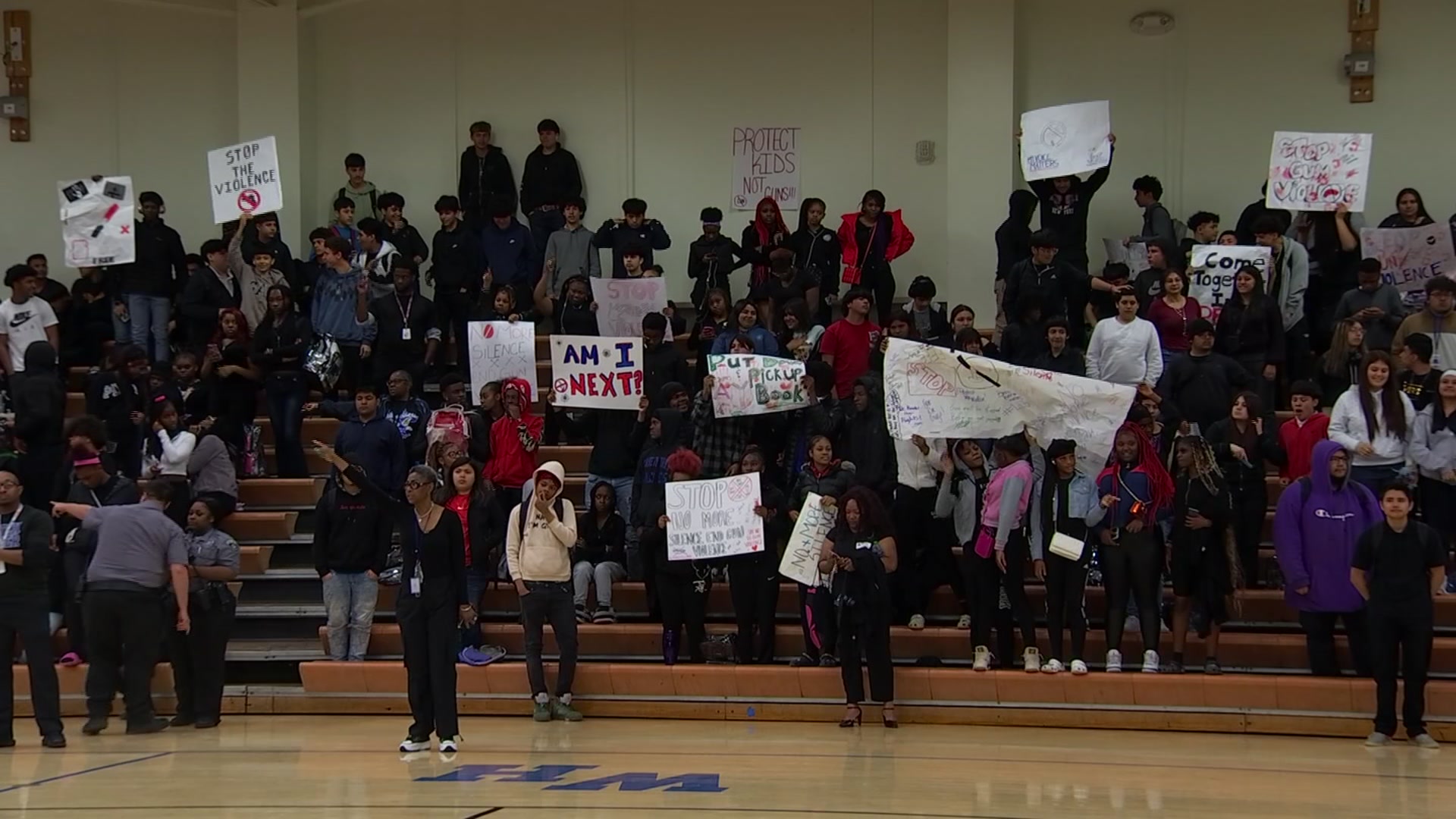The Texas History Center at Rosenberg Library has begun a project to make old news new again.
The Galveston County Daily News reports archivists in late September began packing up and shipping bound copies of the Galveston Tribune to the University of North Texas in Denton.
There, each page of the newspapers will be photographed and digitally preserved in the university's Portal to Texas History, a free public archive that now contains more than 7 million Texas newspaper pages.
The history center received a $25,000 grant from the Institute of Museum and Library Services to begin the preservation project, said Lauren Martino, the library's special collection manager.
Founded in 1880, the Galveston Tribune was the city's afternoon newspaper. The paper was bought and combined by The Daily News, the city's morning paper, in 1963.
Galveston was once known as a prolific newspaper town. Before the turn of the 20th century, the city was termed a "newspaper graveyard," because of the number of publications that came and went.
The Tribune bucked that trend, Martino said
Local
The latest news from around North Texas.
"It was one of few newspapers to survive to long-term publication," she said.
While it existed, the paper had a greater focus on society news than The Daily News, Martino said. It often published obituaries that weren't published in other newspapers.
Those obituaries in particular make historical editions of the newspaper valuable to genealogists and other historical researchers, Martino said.
The history center's editions of the Tribune are kept along with thousands of other documents in a vault on the fourth floor of the library. The vault is kept at a temperature of 69 degrees and 49% humidity.
It's the best place to be in Galveston in the summer, Martino said.
Despite those conditions, the pages of the physical editions of the Tribune are deteriorating. The yellowing pages are so fragile they can fall apart when people are trying to turn over the pages.
"You can't flip through these page by page," she said. "They crumble. If somebody looks at these, they do get damaged. You can't help it."
That limits their current value as a research tool, Martino said. The history center doesn't advertise it has copies of the Tribune and when a researcher does get permission to see the paper, an archivist has to turn the pages, she said.
The digitization project will help solve that problem. After being uploaded, the newspaper pages will be searchable by text, Martino said.
There already are digital copies of the Tribune available online, as well as other newspapers, including The Daily News. Those copies were created by scanning old microfilm copies of the paper, Martino said. Those copies are not as clear as the papers that will be scanned into the Portal to Texas History, Martino said.
The microfilm-created scans are blurry, she said. That makes it harder for computer programs to read and index text on the page.
The newly scanned pages will be uploaded to the portal during the coming weeks and months, Martino said. The history center's grant is enough to cover the digitization of about 23,000 pages. That will encompass about six years' worth of newspapers, she said. The center hopes to get more grants in the future to preserve more.
The first round of digitization will focus on some of the earliest editions of the paper, including the ones that were published about the time of the 1900 Storm.
True to its personality, some of the first editions of the Tribune published after that storm included lists of names of people who were killed in the hurricane.
With the digitization, the history center hopes to help uncover or rediscover more stories from Galveston's past.



